



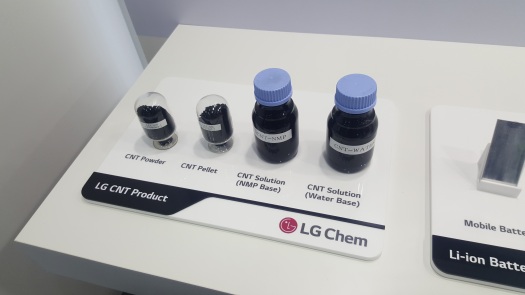

Nanotechnology Study Tour – 2018
La Trobe and NUS students visiting Tokyo, Japan in February 2018







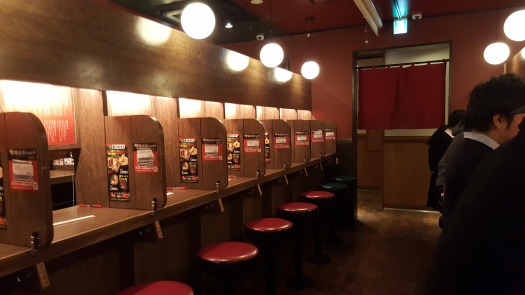


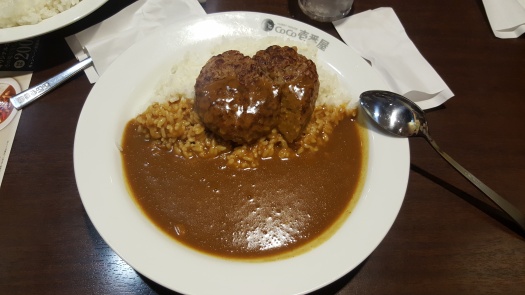


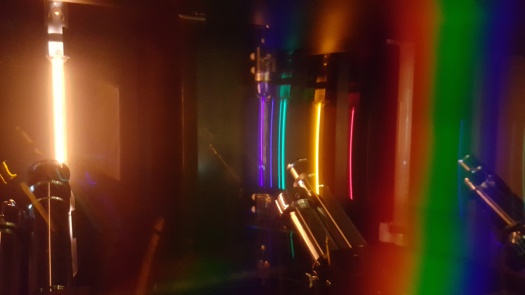

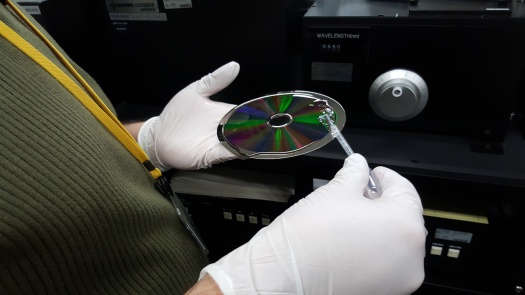

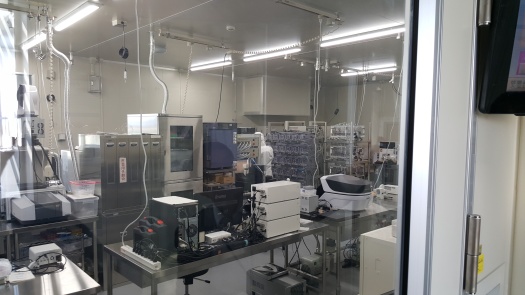


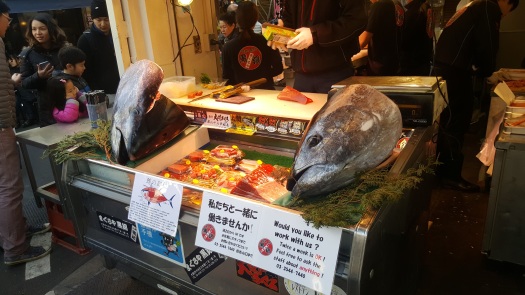
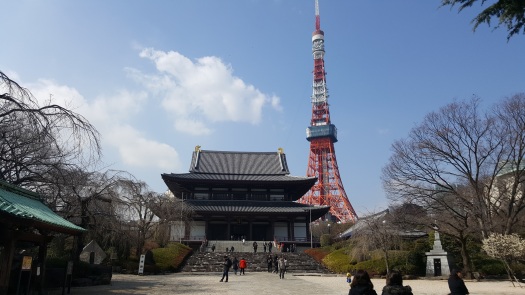
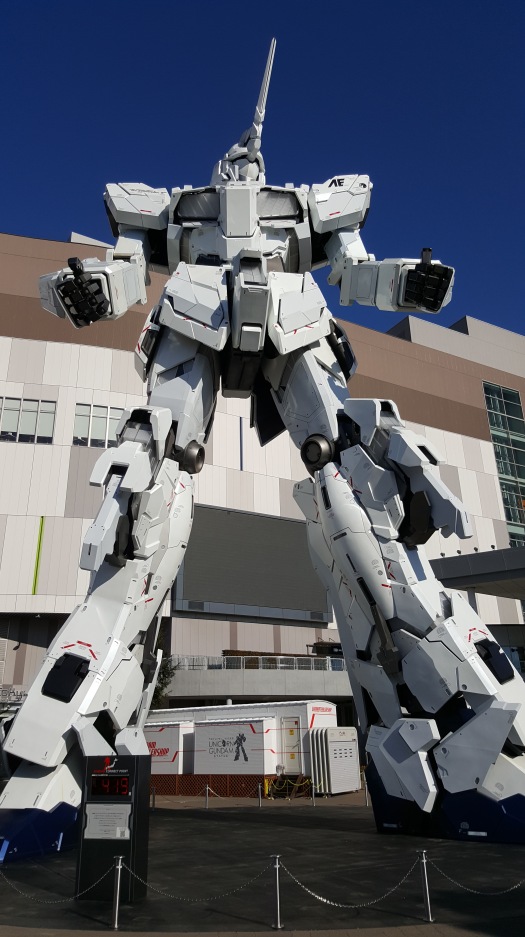


So today was the last day of the study tour. After a week or rigorous nano-tech-ing, we are finally seeing the light at the end of the tunnel. By talking to many different companies and institutes from all over the globe and from all walks of nano-life we gained insight to not only about how specific nano technologies are used, but also the different philosophies of governments and companies from different countries. As an example, an interview with LG revealed that the Korean government plays a big and active role in initiating and pushing for technologies or research to be done in specific areas. The German government on the other hand believes more strongly in the “invisible hand” of the free market, allowing institutes or industries free-er reign over what they want to pursue. Naturally, this has its pros and cons but it was interesting to know that this difference in philosophy could be consequent to different cultural backgrounds. Greater discussions will be done in the report. That aside, we also filmed snippets of video required to complete the video project. That was… interesting.
Ultimately, the nano-tech study trip was a success: we were immersed in the rich and precise Japanese culture which no doubt helped shape good habits (such as being on time). We were audience to the hard work put into science and the amazing technology that Japan has. Finally, we learnt to work with people with very different cultures and picked up valuable people skills by being thrown into the deep end of business etiquette. 11/10 will come back again.
– Fin. Owari.
Max
Whilst our families (and Zhi Han) in Singapore were no doubt prepping for the long weekend of festivities ahead, we spent our morning traversing to Todai’s Shibuya Campus where we were hosted by Dr Takahashi and Dr Kawakatsu who introduced to us their works on tapping-mode AFM and color AFM respectively. While AFM is a relatively well established (read: old) technology, the novel works done by Dr Takahashi and Dr Kawakatsu are revitalizing and, quite literally, adding color to AFM. In Dr Takahashi’s work, his tapping AFM method allows for the quick probing of surfaces with good accuracy and resolution. Dr Kawakatsu’s color AFM method, on the other hand allows for the elucidation of the local surface properties by probing the Morse potential of the target. As per previous observations, their works likewise involve the development of very novel techniques and equipment, taking up extensive amounts of time (~10 years in Dr Kawakatsu’s case).

Post-lab visit, we made our way to Odaiba for Nano Tech conference again where we conducted our interview with LG and watched several seminars centred around graphene technologies. The interview with LG was highly informative, giving us insight into not only the inner workings of how a large company works, but as well the close inter-connectedness between government and large companies particularly in the case of Asian economies.
Perhaps the most standout-portion of today’s activities were the talks given in the special graphene symposium. Two participants, in particular, shone: Dr Khashar Ghaffarzadeh and Dr Alain Penicaud who spoke on the market trends for graphene and about “graphene water”. Content aside, their presentations were extremely concise, clear, to the point and highly audience-friendly. So good were their presentations that Nicole and I were fanboy/girling over graphene, much to the amusement of Dr Eda. Of course, ultimately, Dr Eda’s work is the best and there was no doubt that his work far surpassed anything that was presented at the conference (#CM3232TestOnWednesday).

We finally sent the year off at the hotel’s conference room armed to the teeth with laptops (for work T_T) and alcohol supervised by Dr Eda. (what a way to send the new year off).
PS: We were chased out of the room because the staff had to close the room.
Started Valentine’s early dressed to the nines and headed towards Tokyo University where we were hosted by the physics department. As per Singaporean style, we couldn’t help but to compare our beloved NUS to the the gorgeous campus that was the university. Naturally, again as per typical Singaporean fashion, Tokyo University came up on top. There, we were introduced to two different laboratories: the super-conductor research laboratory and the the quantum chemistry laboratory. While the two labs featured very different equipment meant for probing vastly different aspects of materials (the former studying resistivity while the latter, bond-dissociation in gaseous molecules), it struck me that the laboratories I’ve visited thus far in Japan mostly featured equipment that have been either self-made or heavily tinkered with. In particular, the quantum chemistry lab featured equipment that still was under construction despite having started five years ago. This spoke volumes about the complexity and patience the laboratories have in setting up (novel) equipment that they need. More “frighteningly”, the to have such a small team of people set up such complex equipment indicated the vast knowledge that they had. Interestingly, in the backdrop of science and logic, superstition and tradition still manages to creep its way into the lab (as with any lab). The “protection charm”, replaced faithfully every year, hung innocently on the system as though it was the lynch pin of the entire setup was an ironic sight: all the science and all the logic could not bring the same type of comfort that the little charm brought.

Fast forward an hour and we found ourselves at the highlight of the trip: the nano-tech conference. We rushed to attend a pretty underwhelming seminar about silver nano-wires but were well compensated by the extremely motivating and “mind-blowing” research that was happening in Japan. Of the different exhibits, the research done by Tsukuba University on 1D polymer spheres was the most exciting, perhaps because of the simplicity in the way the work was presented. Scoff as I might, the ability to convey science is actually an extremely important tool.
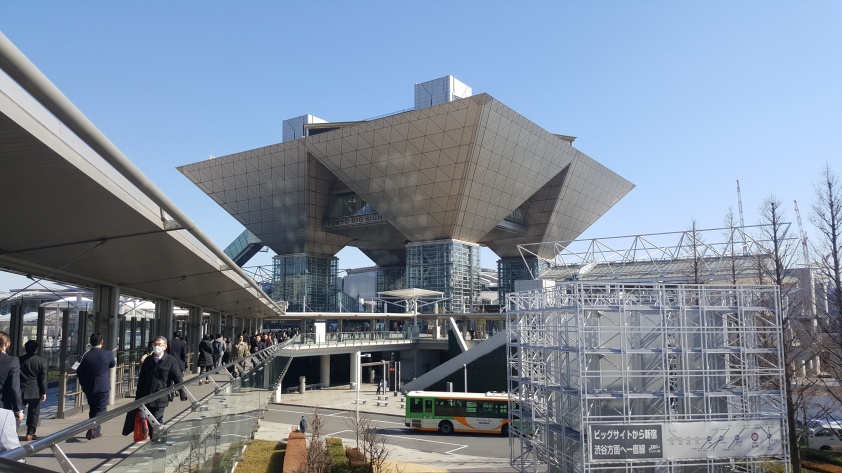
As a round-up to the activities, Amelia and I have managed to secure several interviews for the next few days that no doubt will be thoroughly enriching. For now, its to bed. It has been too long a day.
The day started off exceptionally early at 7.30 am where we sold our souls for a train ride to Tsukuba, the knowledge town of Tokyo. The train ride was curt yet enjoyable as I spent my time chatting with Nicole; funny, how despite having being in the same class for three years that I’ve not had a proper conversation with her. In any case, we soon found ourselves in MANA (International Center for Materials Nanoarchitectonics) greeted by the warm Japanese enthusiasm that I’ve always known and loved. Of the visit, two key characteristics of the institute took the spotlight (not necessarily related to nano-tech in general).
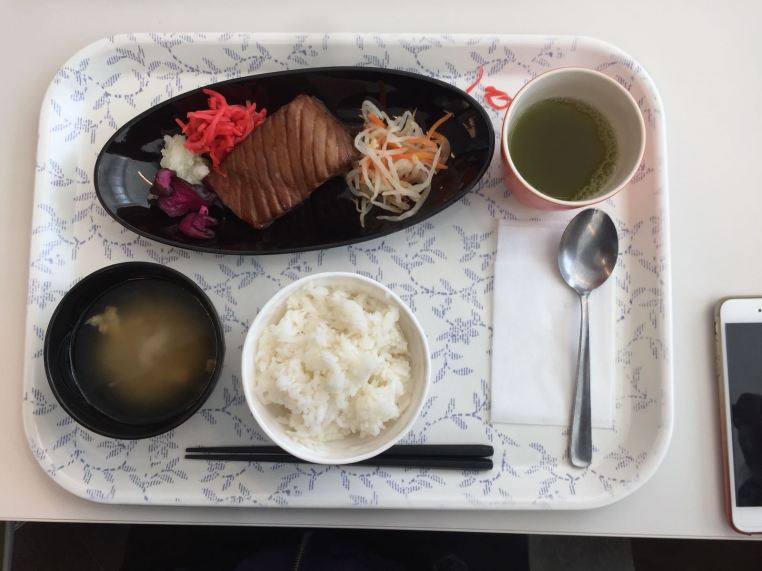
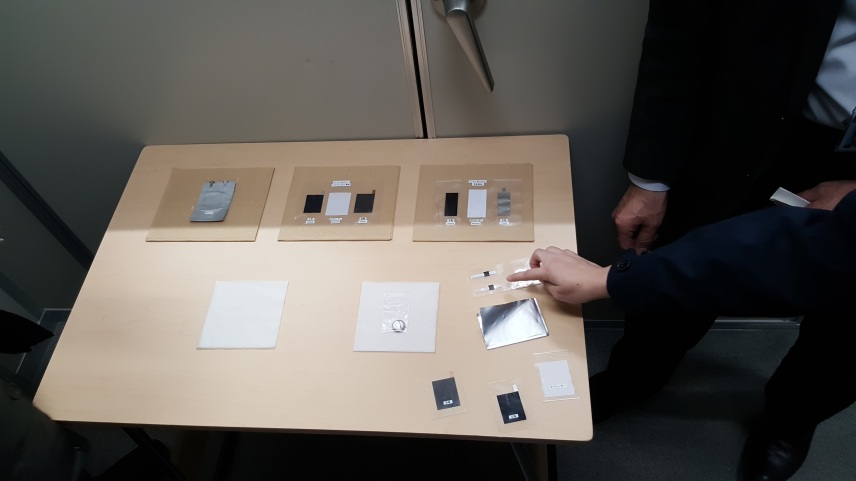
Day three, the day to mark the start of science. We left early for Odaiba via the monorail (which costed us an arm. The trip back costed the leg) where we were greeted with the awe-inspiring sight of the life-sized Unicorn; an apt reminder of the technological powerhouse that Japan is. Regarding the 20m tall masterpiece, one can only imagine that Japan has come so far that they are able to replicate exactly a work of fiction just for the fun of it. If anything, the mobile suit indicated that the day was going to be a sciencey one as it pointed the way to our next destination, the Miraiken museum.
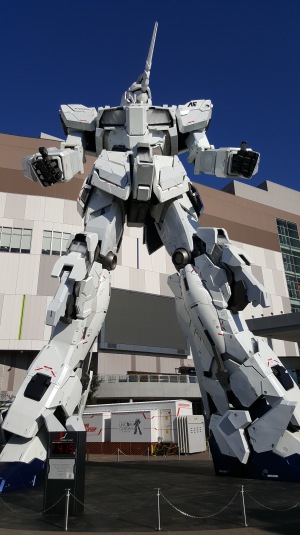
Whereas a fully functioning battle-ready Unicorn Gundam might still be relegated to the world of fiction, the Miraiken museum hinted that this notion would be obsolete in the not-so-distant future. Of the myriad technologies showcased in the museum, two exhibits stood out: the “science of odors” exhibit and the Azimo the robot demonstration.

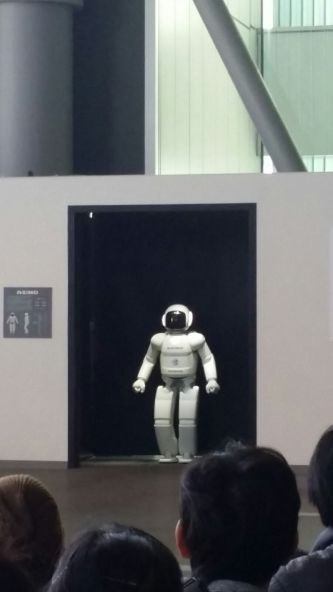
Finally, the trip to Tokyo’s museum of nature and science was, for me, a revisit to a time where things was a bit more wonder-ful and a bit more esoteric. Coming back three years after starting university, I look at the exhibits with a different light: emission spectra exhibits were no longer just another light show, crystals exhibits were no longer another collection of nicely colored rocks. The nostalgia is bittersweet.

P.S.: So about the cat. The staff actually took pity on us for losing so much money at the claw machine that he gave us a handicap to win the cat plush toy. Hence, handi-cat.
You must be logged in to post a comment.